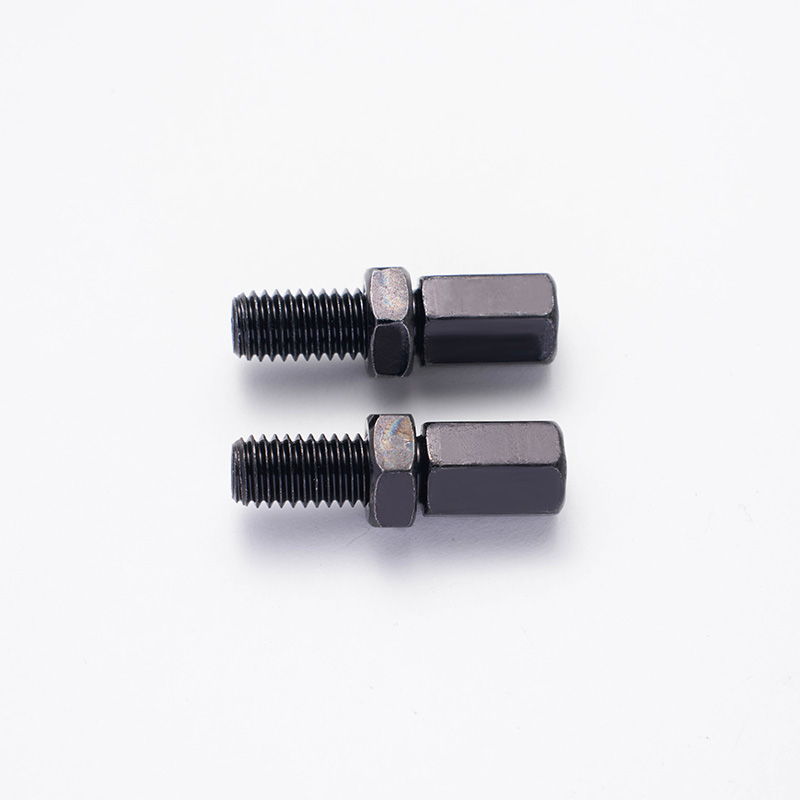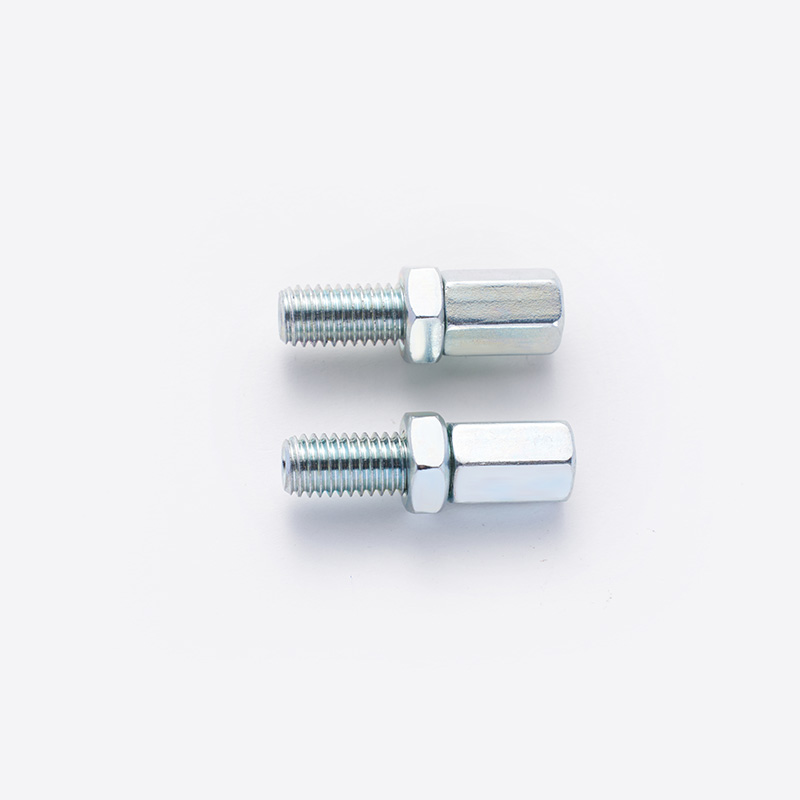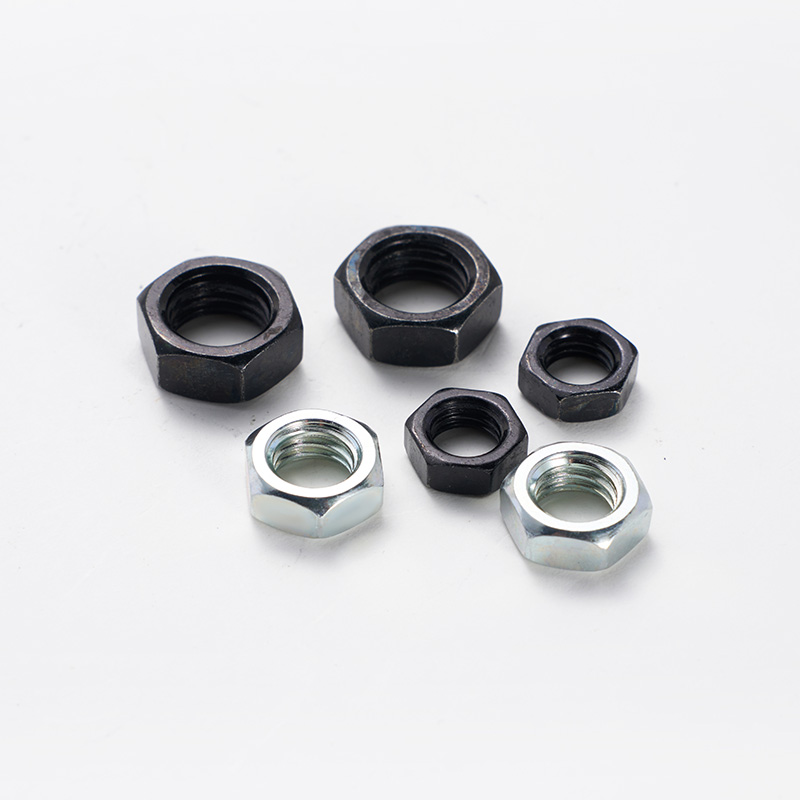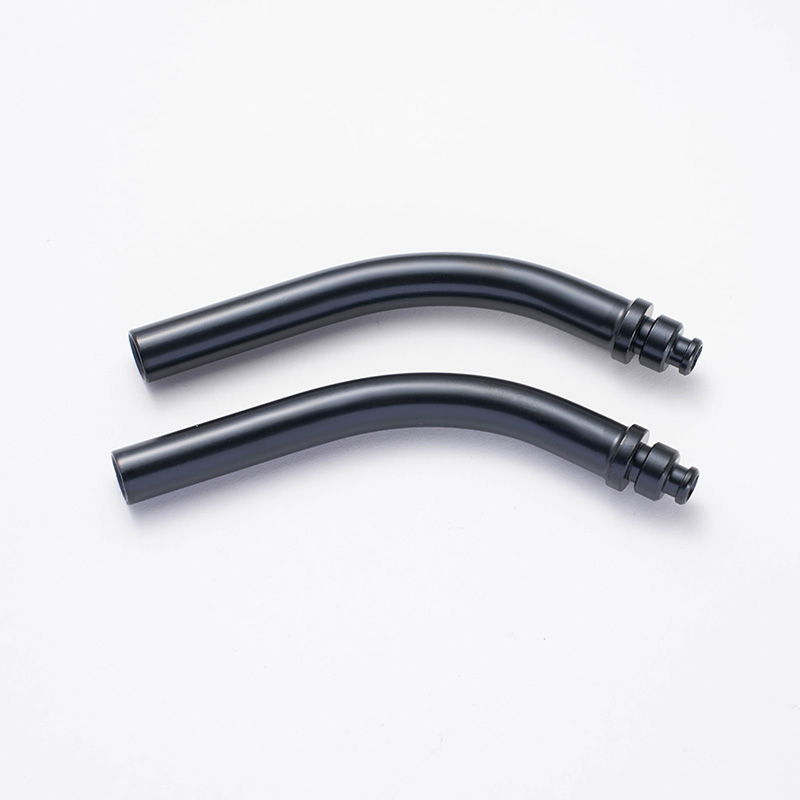The Building Blocks of Power: What Defines a Prismatic Cell?
Their rigid, rectangular casing makes them particularly adept for packing into large, space-efficient modules. However, not all prismatic cells are created equal. What options exist for tailoring them to specific needs, what key differences set them apart, and what exactly are the core components that constitute one of their safest variants, the LiFePO4 cell?
What are the options for Prismatic Cell Customization?
Prismatic cell manufacturing offers a significant degree of customization to meet the precise requirements of an original equipment manufacturer (OEM). This flexibility allows engineers to tailor the battery to its intended application rather than forcing the design to conform to a standard off-the-shelf cell. The primary customization options include:
Capacity and Voltage: The most fundamental specifications, capacity (Ah) and voltage (V), are determined by the cell's internal design. Manufacturers can adjust the size and number of internal electrode sheets (jelly rolls) or use stacking techniques to achieve the desired capacity within a given casing size.
Dimensions and Terminal Design: The physical footprint (length, width, height) can be customized to fit unique module layouts. Similarly, the type, size, thread, and location of terminals (e.g., threaded studs, flat tabs) can be specified to simplify the assembly process and ensure a robust electrical connection.
Housing Material: While typically aluminum, the casing material and its thickness can be selected to influence the cell's weight, thermal conductivity, and mechanical strength.
Additional Features: Customizations can extend to integrated temperature sensors (NTC or PTC thermistors), built-in venting mechanisms for safety, and even the choice of state-of-charge (SOC) algorithms programmed into the attached Battery Management System (BMS).
This bespoke approach ensures the final battery product is optimized for its specific role, balancing performance, safety, and integration ease.
What are the differences between Lithium Ion Battery Prismatic Cells?
While all lithium-ion prismatic cells share a common rectangular form factor, their internal chemistry and construction lead to profound differences in performance characteristics. The choice between them is a exercise in balancing priorities.
The significant differences arise from the cathode material. Common types include Lithium Iron Phosphate (LiFePO4), Lithium Nickel Manganese Cobalt Oxide (NMC), and Lithium Cobalt Oxide (LCO). LiFePO4 chemistry is renowned for its exceptional safety profile and long cycle life, often exceeding 3,000 cycles, but it trades off for a lower energy density. Conversely, NMC cells offer a higher energy density, providing more runtime in a smaller or lighter package, which is why they are prevalent in electric vehicles. However, this often comes with a reduced cycle life and a narrower safe operating window, requiring more sophisticated battery management. Furthermore, differences exist within the same chemistry based on quality. Cells are graded (A, B, etc.) based on their actual performance versus specifications, with lower-grade cells exhibiting higher internal resistance, faster capacity fade, and less consistency.
What is the composition of LiFePO4 Prismatic Cells?
A LiFePO4 prismatic cell is a complex system where each component plays a critical role in its operation, safety, and longevity. Its composition can be broken down into four primary internal elements and its external housing.
|
Component
|
Material & Function
|
|
Cathode (Positive Electrode)
|
Lithium Iron Phosphate (LiFePO4): This is the namesake and defining material. It forms a stable crystalline structure that provides the cell's key advantages: thermal stability, safety, and a long cycle life. It is coated onto an aluminum foil current collector.
|
|
Anode (Negative Electrode)
|
Graphite: The standard material for the anode, which stores lithium ions during charging. Its structure and purity are crucial for determining charge rates and overall cell longevity. It is coated onto a copper foil current collector.
|
|
Separator
|
Micro-porous Polyethylene (PE) or Polypropylene (PP) Film: A thin, permeable membrane positioned between the anode and cathode. It prevents physical contact and thus a short circuit while allowing lithium ions to pass through freely during charge and discharge cycles.
|
|
Electrolyte
|
Lithium Salt in an Organic Solvent: This liquid solution facilitates the movement of lithium ions between the anode and cathode. The composition of the electrolyte is a closely guarded formula that influences performance, especially at low temperatures.
|
|
Housing
|
Aluminum Alloy: The rigid external casing that contains the internal components under slight vacuum. It provides mechanical support, protects the internal materials from moisture and oxygen, and acts as a heat sink to aid in thermal management.
|
The prismatic cell is far from a simple, standardized commodity. It is a highly engineered component whose value is derived from the intricate interplay of customizable form, diverse chemistry, and precise composition. Understanding these layers—the options, the differences, and the fundamental makeup—is essential for harnessing their power effectively and safely in the technologies that will define our future.
 boo@zjmgmm.com / 958587858@qq.com
boo@zjmgmm.com / 958587858@qq.com English
English русский
русский Español
Español عربى
عربى












 English
English  Building 33, Demonstration Park, No. 318 Chenguang Road, Eastern New District, Wenling City, Taizhou City, Zhejiang Province, China
Building 33, Demonstration Park, No. 318 Chenguang Road, Eastern New District, Wenling City, Taizhou City, Zhejiang Province, China  0086-576-86337978
0086-576-86337978  0086-576-86333878
0086-576-86333878
 boo@zjmgmm.com
boo@zjmgmm.com 